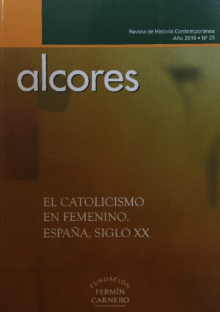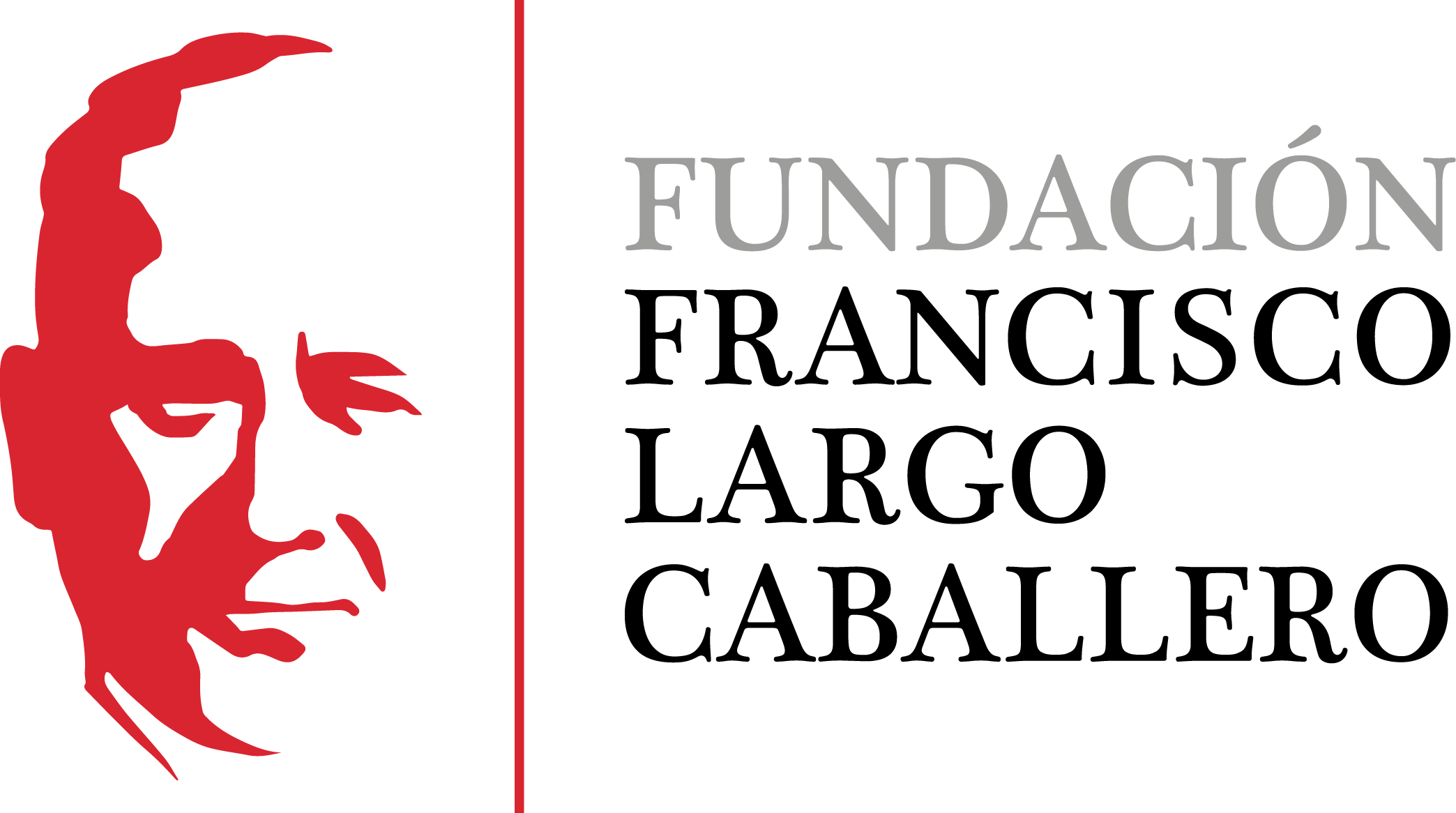Challenging the gender order of the Church from the ground up. The Bilbao Diocesan Assembly (1984-1987)
DOI:
https://doi.org/10.69791/rahc.36Keywords:
Catholic Church, gender, exuality, priesthood, Diocesan Assembly of BilbaoAbstract
The reception of the Second Vatican Council in the diocese of Bilbao was troubled because of the social and political tension produced by Franco’s dictatorship. It was during the more favourable atmosphere of the early 1980s that it became possible to consider the calling of a Diocesan Assembly. This paper aims to analyse the beginning, development and effects of the Diocesan Assembly of Bilbao (1984-1987). It will do so using a gender perspective, which will not only allow analysis of the largely underexamined majority female presence in this and other assemblies or synods held in diverse Spanish dioceses at that time, but will also enable investigation of the objections which challenged the gender order of the Catholic Church, particularly concerning issues of sexuality and equalitarian access to priesthood.
Downloads
Global Statistics ℹ️
|
93
Views
|
25
Downloads
|
|
118
Total
|
|
Downloads
Published
How to Cite
Issue
Section
License
Copyright (c) 2020 Raúl Mínguez Blasco, Eider de Dios Fernández

This work is licensed under a Creative Commons Attribution 4.0 International License.
Alcores is an open-access journal. It provides unrestricted access to its content from the moment of publication. We respect intellectual property rights, and for this reason, the author retains the copyright. All content is distributed under a Creative Commons Attribution 4.0 International (CC BY 4.0) license. The terms of the license can be consulted at: https://creativecommons.org/licenses/by/4.0/
This license allows sharing (copying and redistributing the material in any medium or format) and adapting (remixing, transforming, and building upon the material for any purpose), provided that authorship and first publication in this journal are properly credited, a link to the license is included, and any changes made are indicated.
This type of license facilitates the freedom of reuse and ensures that the content of this journal can be used to meet research needs.





